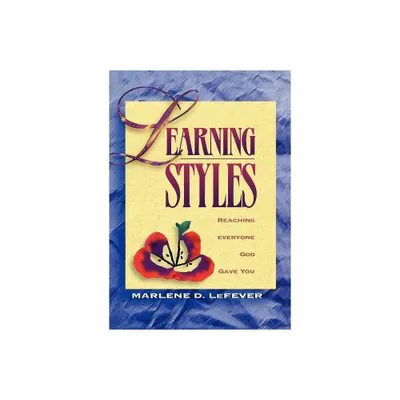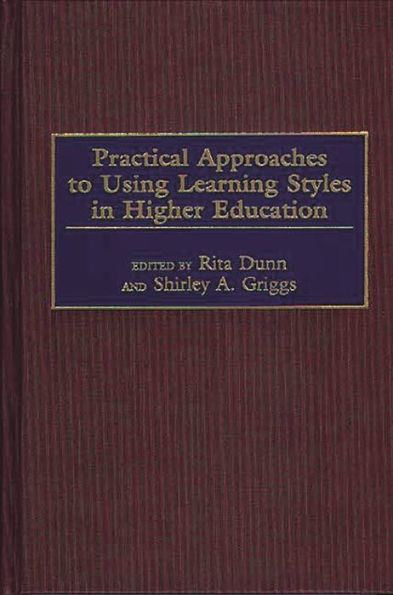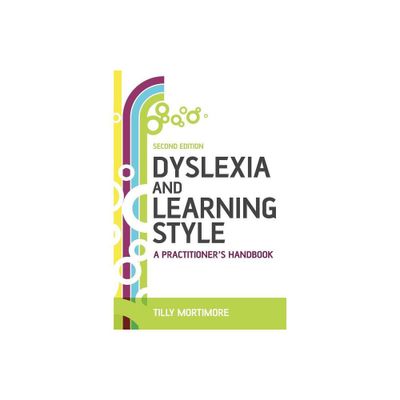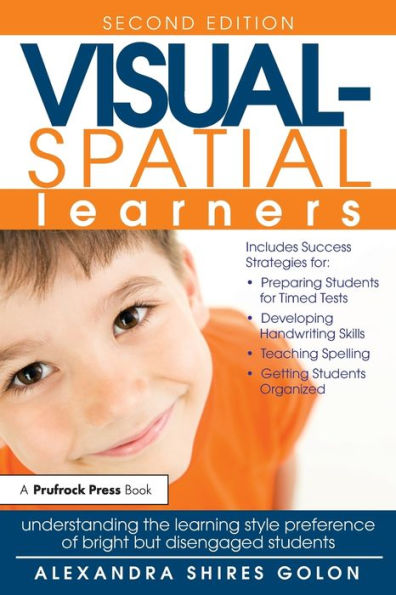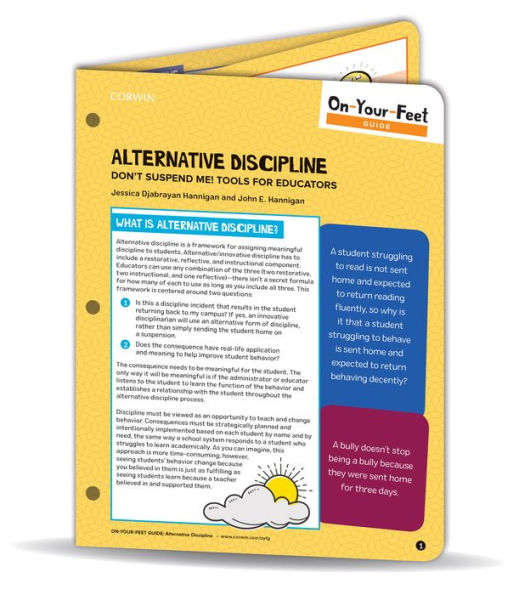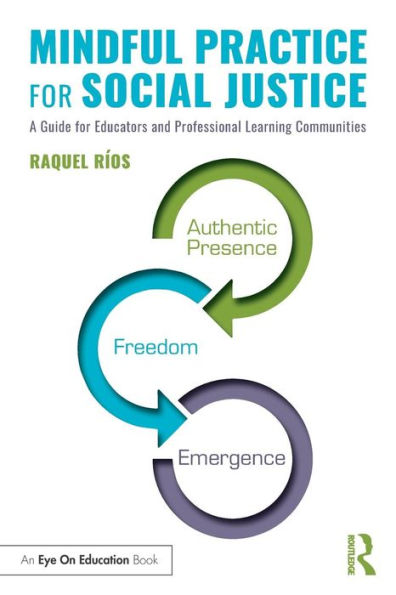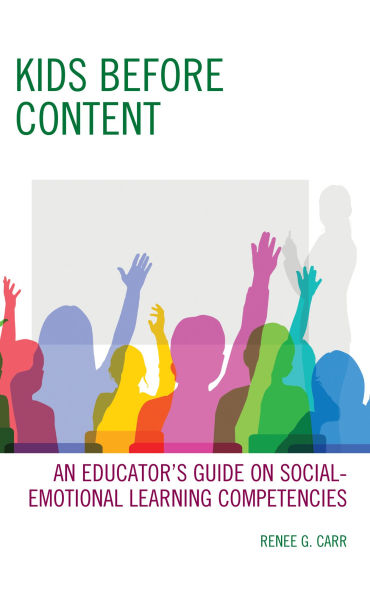Home
Discipline and Learning Styles: An Educator's Guide
Loading Inventory...
Barnes and Noble
Discipline and Learning Styles: An Educator's Guide
Current price: $12.95
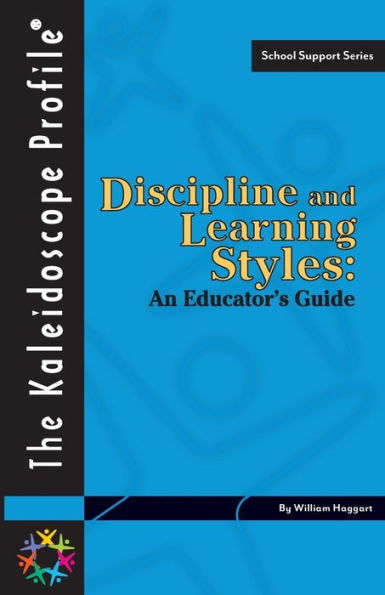

Barnes and Noble
Discipline and Learning Styles: An Educator's Guide
Current price: $12.95
Loading Inventory...
Size: OS
*Product Information may vary - to confirm product availability, pricing, and additional information please contact Barnes and Noble
Enhance Your Effectiveness as a Teacher and Gain a Fresh Perspective on Discipline! Have you struggled to find an approach to discipline that works with all of your students?
Discipline and Learning Styles: An Educator's Guide
is a handbook for K-12 teachers that explains in detail the connection between discipline and sensory learning styles. You'll learn practical strategies for: Teaching students in the ways they learn best. Avoiding conflicts
before
they disrupt your class. Establishing and teaching rules that gain students cooperation. Delivering warnings or reprimands in the most effective ways. Choosing consequences that promote positive behavior. Its succinct charts and tables make this an ideal resource for quick reference. At a glance, you can find out what "engaged behavior" looks like for each learning style, what typical misbehaviors you can expect from each style, and how different styles respond to rules and react to consequences.
Discipline and Learning Styles: An Educator's Guide
is a handbook for K-12 teachers that explains in detail the connection between discipline and sensory learning styles. You'll learn practical strategies for: Teaching students in the ways they learn best. Avoiding conflicts
before
they disrupt your class. Establishing and teaching rules that gain students cooperation. Delivering warnings or reprimands in the most effective ways. Choosing consequences that promote positive behavior. Its succinct charts and tables make this an ideal resource for quick reference. At a glance, you can find out what "engaged behavior" looks like for each learning style, what typical misbehaviors you can expect from each style, and how different styles respond to rules and react to consequences.
